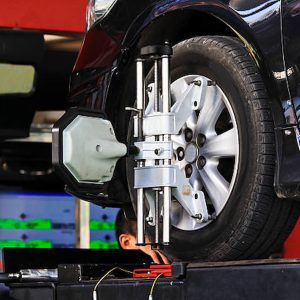One of the main priorities for any construction site is health and safety. Whether it’s workers, suppliers, or local residents, health and safety concerns span the placement of equipment, the cleanliness of the site, and the proximity of large equipment to nearby residences and properties.
While a comprehensive approach to site management is required to ensure every area of the site is well maintained, an increase in the availability of useful tools means that difficult-to-manage elements of a construction site can be monitored. Dust monitors are just one example of these tools, with sound and vibration monitors also popular among project managers and site staff alike.
With that said, what is a dust monitor – and how does it support on-site health and safety in three key areas?
1. Monitoring dust in contained spaces for site workers
Perhaps the most important consideration for site managers is the health and safety of on site workers. Working in close proximity to various building materials means that air quality is of the utmost importance, minimizing the risk of exposure to harmful or potentially hazardous gases and high levels of dust.
Using a dust monitor on-site means that higher-than-normal levels can be monitored and minimized to ensure compliance with site health and safety regulations.
2. Managing the spread of dust across the local area
Of course, it’s not just those who work on-site that can be affected or impacted by high levels of dust and particles in the air.
Local residents and suppliers to and across construction sites can also become impacted by sustained exposure to dust levels, with monitoring equipment integral to ensure that local air quality remains at a safe level. Results can be compared across different locations and sites, and used to identify high-risk areas so that steps can be taken to keep dust and other hazardous gases contained.
3. How professional equipment offers year-round health and safety support
With these two key demographics in mind, dust monitors are designed to help site staff measure and mitigate the production and spread of potentially hazardous dust in the immediate and wider areas.
But what exactly are the benefits of professional equipment and dust monitors over smaller scale tools? For one thing, a professional dust monitor is built to withstand all manner of conditions and changes in the weather, delivering accurate readings come rain or shine. In addition, professional dust monitors are versatile in design – with portable and handheld monitors available alongside larger units.
All monitors, regardless of size or design, deliver comprehensive results in the form of reports – covering air quality across different time periods.
All dust monitors are easy to install and use, with advice available regarding the best tools and equipment for your site. Visit your local supplier to find out more and to compare dust monitor devices.





